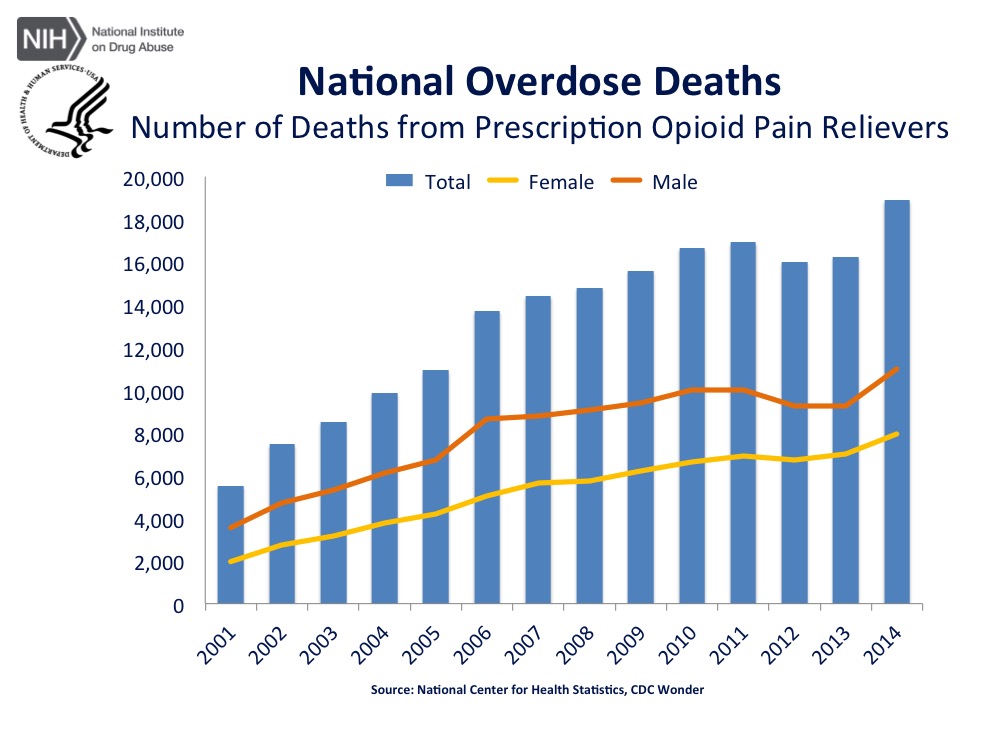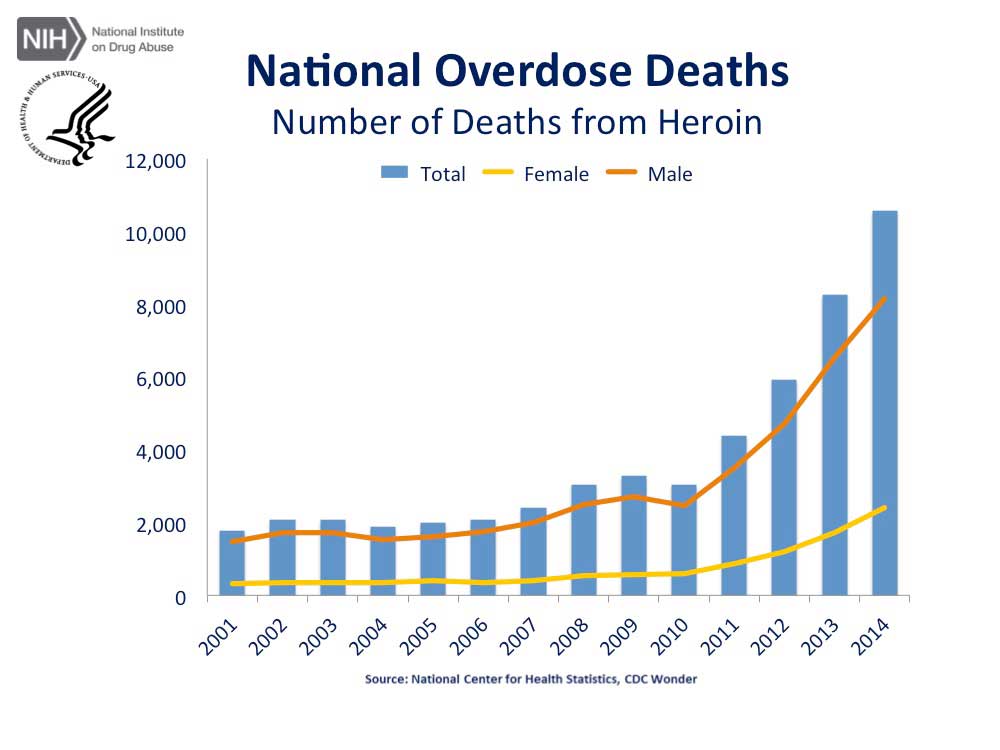Elections have consequences, none more so than this one. With the GOP headed for potentially historic losses in the Senate and House – and another four years of a Democratic-controlled White House and administration, policy makers are working on what some are calling “Obamacare, Round Two.”
That’s the quick takeaway from conversations with several leading Administration officials earlier this week in Atlanta.
After eight years of mostly-failed attempts by the GOP to de-fund, repeal and obstruct the PPACA, the anger at these “obstructionists” is being channeled into both legislative and regulatory initiatives designed to increase coverage, dramatically reduce consumer costs, and expand regulatory authority over states and private insurers alike.
And, in what appears to be more than just an afterthought, fundamentally change occupational medical coverage for many employers by shifting it to Exchange-based plans.
Specific focus is on requiring state expansion of Medicaid and “re-funding” the Co-Operative health plans that had billions stripped away last year by GOP Senators, resulting in the bankruptcy of many. This last is the subject of some internal debate, with two alternative approaches emerging as alternative solutions.
One is to fully fund current Co-Op plans while allocating additional funds to new start-ups in those areas where Co-Ops disappeared due to the funding elimination. While this would likely require additional allocation of some $10-$12 billion over five years, policy makers note that this is just returning dollars that should have been allocated according to the original PPACA. Notably, there’s already furious resistance from the big private payers as the legislation would require cross-subsidization from plans generating better-than-expected financial returns.
While the Big Three don’t like the “Zombie Co-Op” idea (they thought the idea, along with most of the plans, was dismembered, dead, and buried), they absolutely hate the alternative – a Public Option. Despite that animosity, the health plans’ huge lobbying power is likely to run up against the political reality that is the Democratic Party’s efforts to win back Congress AND keep the White House blue.
Back when PPACA was taking form, liberal Democrats in the Senate pushed very hard for a public option in each market area, claiming that the market power of the huge health plans could only be countered with a governmental plan. As there was a considerable effort by the Dems to get at least one Republican backer (Susan Collins of ME was courted long and hard), the public option went nowhere. Unhappy with the Co-Ops offered as an alternative, liberals are also pointing out the political reality of their electorate.
Simply put, to ensure Sanders supporters turn out in the general election (forecast to be a Clinton-Trump contest), Clinton’s advisers are pushing her hard to release a “platform plank” requiring a “Medicare for All” option in every state. Clinton’s strategists are leaving no stone unturned in their effort to shift the millennials’ support from Sanders to presumptive nominee Clinton; they see this as great politics both nationally and in the contested House and Senate races as well.
As a sidelight (to some, but hugely consequential to many), it appears there’s a strong move to include coverage for occupational injuries and illnesses in “ClintonCare”. Health nerds (yes that’s me too) will recall that Ms Clinton’s stillborn healthcare reform plan incorporated workers’ comp in Title X.
The furor over opt-out, recent OSHA reports, and public scrutiny of some bad actors – along with a very favorable political environment – have made several key policy advisers revive this once-dead concept, while adding on disability coverage thru an expanded Social Security function.
Where all this leads is anyone’s guess, but the politicians involved strongly believe ClintonCare will be a very powerful tool to unite the somewhat-split party while driving GOP Congressional candidates closer to presumptive nominee Trump.
What does this mean for you?
May we live in interesting times…


